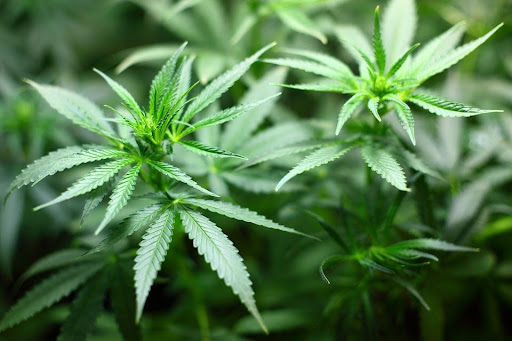Human rights often get in the focus of weed discussion, making an already cumbersome debate even more challenging. Cannabis rights, or the individual civil and human rights of stoners, vary by state and country. This set of rights delineates what amount of weed you can buy and carry, whether you can attend work when stoned, and whether your rent provider can drive you out upon seeing a bong.
The issue of human rights is very complex when it comes to marijuana. On the one hand, human rights favor the individual, but on the other hand, not all individual freedoms work well with public order and social safety. Let’s take a closer look at cannabis-related human rights, how they work with other regulations, and what rights you can enjoy today.
Human Rights vs. Public Health
The major source of tension between the human rights perspective on weed and the public health approach is the focus on the individual vs. public good. If the government adopts the human rights perspective and legalizes marijuana to serve the interests of individuals, it may undermine the health and safety of the rest of the community.
Here’s an illustrative example. The statistics of teenage weed use and co-use of weed and alcohol among youngsters are on an unprecedented rise across the USA. Americans start smoking weed younger, consume more weed on average, and adopt this habit for a longer period. Thus, what becomes accessible to people who need it becomes available to everyone. While patients requiring weed for therapeutic purposes enjoy the right to get treatment, thousands more misuse the substance to get high.
Thus, the American government (and other states) face the dilemma of serving the human rights of every single citizen versus refusing some eligible individuals their right to weed treatment to protect the rest of the population from unnecessary weed exposure. It means you can’t buy your favorite Wedding Cake strain to relieve pain or address anxiety symptoms because other people can buy it and get addicted.
What Does Research Say?
- O’Brien focused on the use of cannabis in medicine for over 6,000 years and only around half a century after its ban as an illegal drug. This way, the researcher concluded that the present-day legal status of weed is inappropriate, given the many millennia of its proven therapeutic value for patients with different health conditions.
- Garat researched the evolution of the ideological construction of drugs in Uruguay, showing how the substances once used as medicines without any limitations became illegal and widely banned. The researcher assumes that the prohibition of medicinal drugs, like cannabis and opiates, has triggered many illogical stereotypes and fueled the corruption and criminality around drugs. Following this study’s analysis, states with stringent medical drug prohibition face more serious problems than drugs themselves. Thus, there is a need for more efficient regulation concerning human needs and rights.
- Van Kempen et al. also advocated states’ positive human rights obligation as a new paradigm for cannabis regulation. The authors examined the UN narcotic drug conventions to show numerous unreasonable barriers to cannabis legalization. Their major position is that regulated legalization is much more compliant with the human rights principles, as it allows regulated access to weed for eligible patients, thus taking care of individual citizens’ health needs.
- Bone and Seddon used the international right to health guaranteed by the International Covenant on Economic, Social, and Cultural Rights as the guiding framework for marijuana legalization.
- The NORML activist group has advocated for marijuana legalization since the 1960s, focusing on prohibition’s health and social justice issues.
Cannabis Rights You Can Enjoy Today
Looking at the stoner rights in the USA, you’ll see that the whole framework is pretty young. There were no bans or prohibitions on weed until the 20th century, which overturned its status and made it a hazardous drug. Only 50 years ago, cannabis use and possession were severely punished crimes, responsible for the largest share of imprisonments of Black Americans.
The situation started changing in 1996 after California’s Proposition 215 set limited medical weed users’ rights at the state level. The laws progressed slowly, giving medical and recreational users more freedoms and protection. Thus, at present, despite the federal ban on cannabis, you can enjoy a solid list of human rights in 33+ states of the USA. These include:
- The Rohrabacher-Farr amendment was passed in 2014, banning federal prosecution of individuals acting under state cannabis-related laws.
- In states decriminalizing weed, its possession is legal. However, purchasing, growing, consumption, and distribution rules are much more dubious.
- Thirty-three states allow medical or recreational use of weed. In these territories, you can buy, possess, and consume up to one ounce of weed (if you’re at least 21 years old). Lower amounts apply to state visitors.
Thus, as you can see, the legalization debate is far from over, with cannabis users getting limited rights protection in many jurisdictions. The process continues, with considerable gains among weed advocates pushing for broader access for therapeutic purposes.



